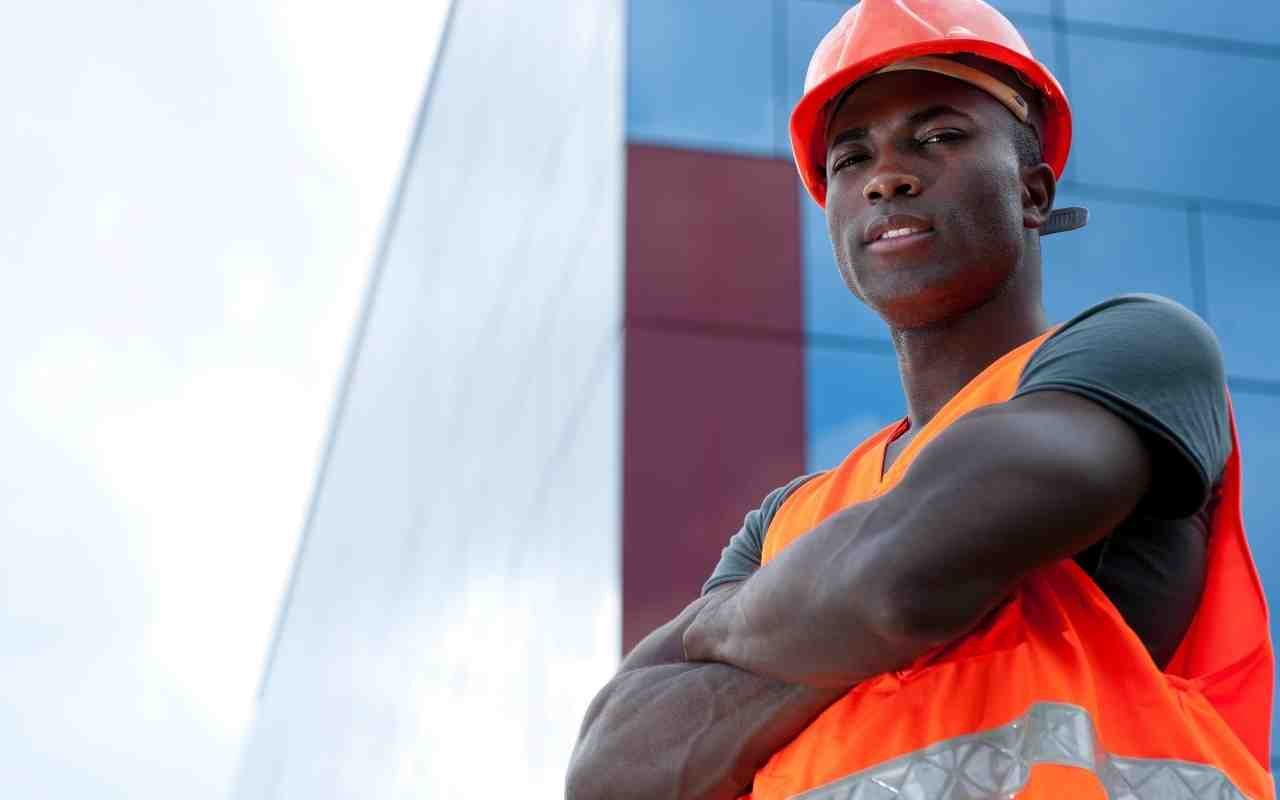First-Ever Black Top Official Elected By The Building Trades In Philadelphia
- Jackie De Burca
- September 1, 2022
First-Ever Black Top Official Elected By The Building Trades In Philadelphia
Some promising news for black workers and their treatment by construction unions has emerged from Philadelphia. The Building Trades elected its first-ever black top official in a bid to reflect the demographics of the city. It remains to be seen if this appointment will cause changes or if it’s just for show.
Being part of a union can be very beneficial. Many workers have turned to union construction to solidify their place as middle-class people. It is one of the last remaining well-paid jobs that doesn’t require workers to have a college degree.
This year recent statistics show that construction workers in the United States made an average of $32 an hour, with union workers earning more. There is no doubt that these are good jobs but are they accessible to everyone?
Gender dominated
The construction industry being gender-dominated is one of the world’s worst-kept secrets. Recent statistics show that women comprise just 11% of the entire construction workforce and are often limited to desk, design, and secretarial roles.

Percentage of black workers
Another poorly kept secret is that the construction industry is one-sided when it comes to skin colour. According to the U.S. Bureau of Labour Statistics, black workers made up just 6% of the construction industry in 2021.
Not only is the proportion of black workers in the industry small but also they have been locked out of joining organisations such as building trade unions in Philadelphia. Statistics show that in a city that is nearly 44% black, 76% of the union’s workforce was white.
Unions that may intimidate black members
Built up through time, white men have taken extraordinary measures to keep construction unions white and have designed their unions in a way that intimidates black members.
This exclusion is very contradictory as these trade unions claim to fight for justice and equality yet they themselves do not display this equality. Equality for these trade unions appears to be very much selective.

Some trade unions refused to respond to requests for demographic data. When asked for data, North America’s Building Trades Unions’ silence speaks volumes.
The ratio of white people to black people is more equal in trade unions of other sectors. For years this has caused policymakers and community leaders to struggle to understand why the building trades have not diversified at the same rate as other unions.
Widespread racism
There are countless documented examples of widespread racism that black people face in their interactions with construction unions. From being called racist names to being given tests that are designed to be failed. The construction unions no doubt make it difficult for black workers to enter, remain and grow in the industry.
However, this is not new as black construction workers have been fighting for equality in the industry for years. In 1963, protesters gathered at a construction site of a new junior high school in Strawberry Mansion in Philadelphia. Not one skilled worker on this site was black. The protesters blocked construction workers from entering the site until the city and school board hired black workers for the project.
A Labourer said:
“This is false democracy when qualified coloured people can’t get a job building schools for their own kids.”
This protest was part of a months-long campaign to pressure the city of Philadelphia to give black workers equal access to jobs and other opportunities. However, when black workers did make it into the skilled unions, they faced layoffs, lower pay and aggression on the construction sites.
William Taylor, a black carpenter said a superintendent had threatened him saying:
“You forced your way in here, I’ll get you out.”
Whiteness and racism had become such a strong feature of the union system that the suggestion of recruiting a black worker felt wrong.
In the present day, this white supremacy in building unions still very much exists.
Paul Solomon, an operating engineer was working when a white glazier shook a noose in his face and said that he wanted to hang someone. When Paul reported the incident to the union, he stopped getting work.
“It seems like I’ve been put on the bench all because I stood up and said something about this noose.”
Shockingly this happened a little more than ten years ago. However, there appears to be some progress being made with the Building Trades electing its first-ever black top official in Philadelphia last year. The head of the Labourers District Council said the Building Trades want their unions to reflect the demographics of the city.
Although there appears to be some progress being made, we are yet to see real changes happen. The construction industry unions remain a long way behind unions in other industries when it comes to equality and diversity. The construction unions do provide benefits for their members. However, the question remains on if these benefits are felt by everyone.








